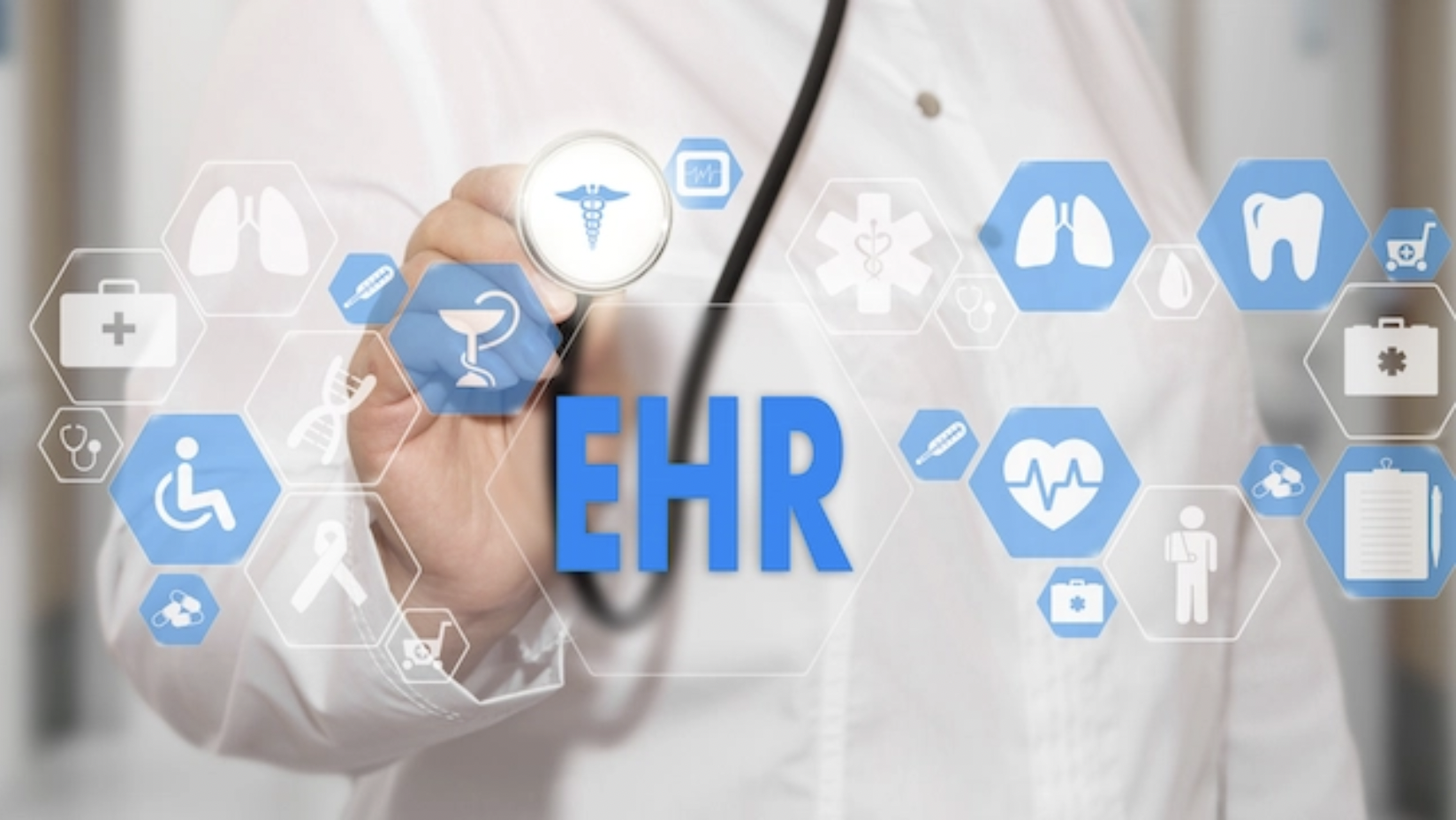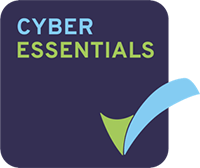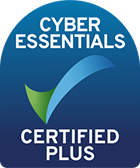What are EHRs?
Electronic Health Records (EHRs) are essential for the efficient functioning of the modern health system. Without it, doctors cannot access historical patient data, such as medical/treatment history. Without access to this data, the chances of providing the best possible care for a patient diminish. So, what exactly is EHR?EHRs are databases containing a patient’s medical history, diagnoses, medications, treatment plans, and more.
They provide a clear picture of every aspect of a patient’s medical journey, helping to ensure the best possible outcome for the individual.
Why are EHRs important?
EHRs provide numerous benefits to institutions that use them, which is why they’re widespread.In the U.S., more than 95% of hospitals use an EHR system. These systems improve collaboration between doctors, ensuring data transferability and streamlining workflows. From an efficiency standpoint, the greatest benefit that can be seen is the time reduction in documenting for nurses.A study reviewing EHRs impact on-time efficiency in hospitals found these systems to reduce the time taken for documentation by around 24% for nurses. Telehealth providers massively benefit from data transferability, being able to move data among various institutions results in greater efficiency. This could also be a data stream for Insurers and Reinsurers to leverage, further reducing their risk.
Why are EHRs being under utilised and how Vastmindz can help.
The most significant counterargument against EHRs is that they provide too much unusable information and clutter.A study that investigated this found that 87% of physicians felt that EHR alerts were “excessive”, clogging systems with too much unnecessary information, causing doctors to miss vital information.
EHRs are yet another tool for doctors to learn, making them a burden, which deters them. These complaints from clinicians are valid and compounded by a lack of communication. Deloitte’sstudy conducted in 2018 showed that 2/3 of U.S. physicians were not asked for feedback on existing EHRs systems. The lack of utilised feedback from Stakeholders/users is obviously a reason for the system not achieving its full potential.
AI software will likely enable the consistent transmission of the most recent patient physiological data to any EHR in the coming years. This would mean the automation of data collection and storage, eradicating documentation time. These solutions might even eliminate the need for medical professionals to learn the long and arduous process of data documentation by providing a simple ‘push button’ experience.
These next generation AI algorithms may ensure the collection and documenting of strictly critical data points,eliminating information overload/confusion and clutter. Certain patients [if able] might be able to take readings themselves, providing a more accurate and frequent influx of data, reducing the load on hospitals. This could provide clear trend data for analysis by physicians & clinicians to examine, helping to ensure any help anomalies are easily identified, resulting in great medical efficacy.
If you are an EHR organisation looking to improve your data collection & documentation methods,contact us to learn more about our solution.


